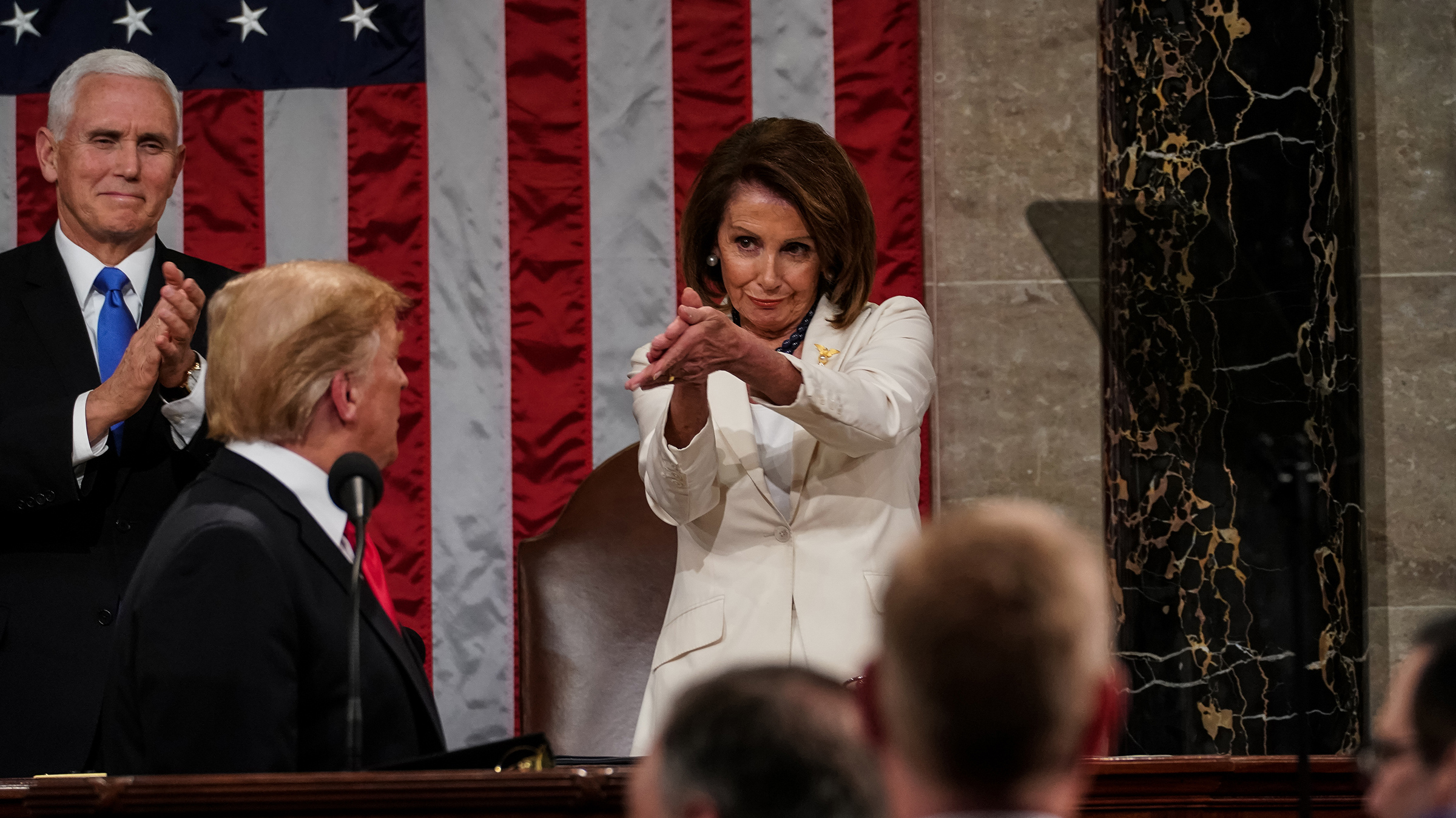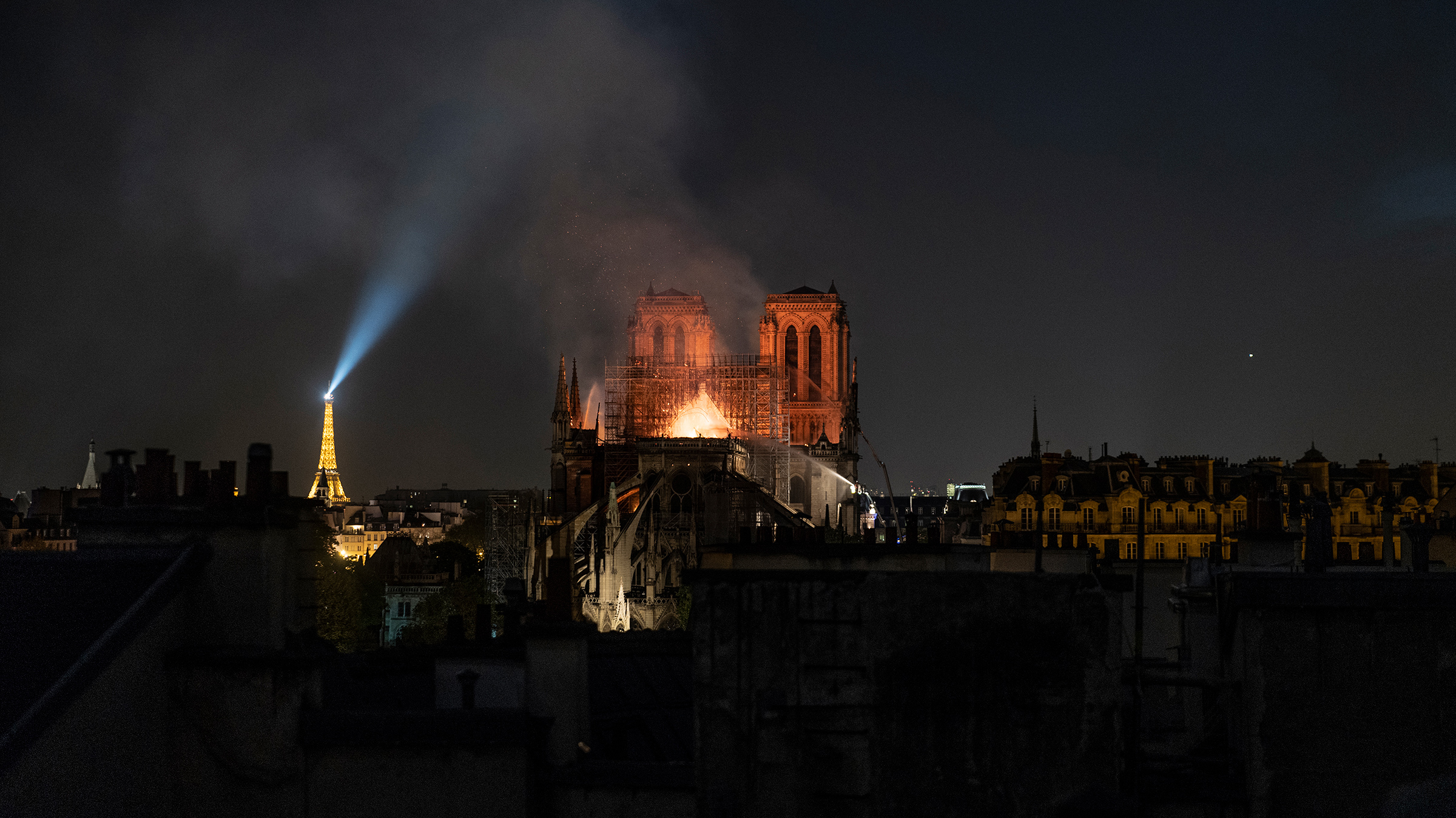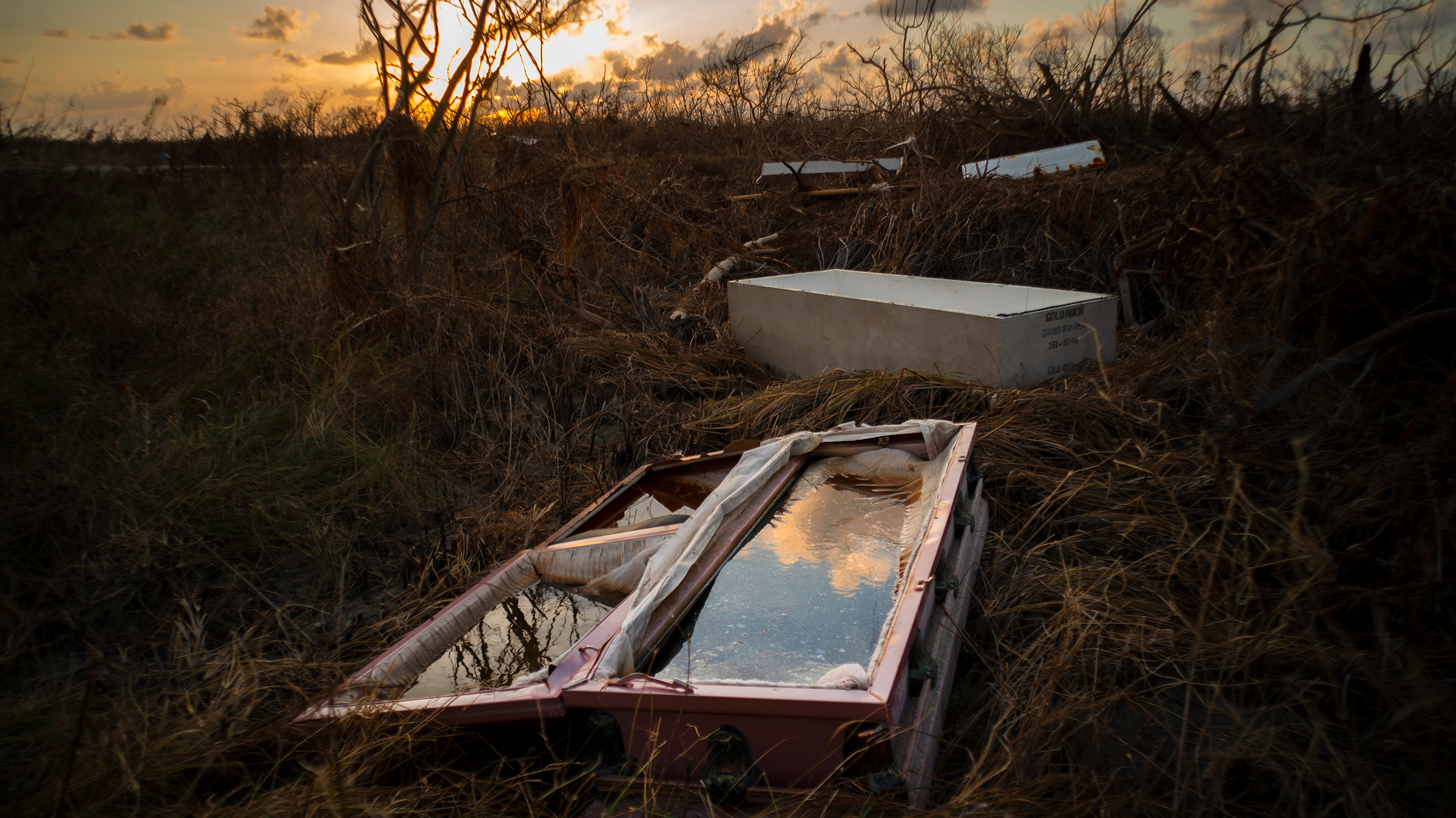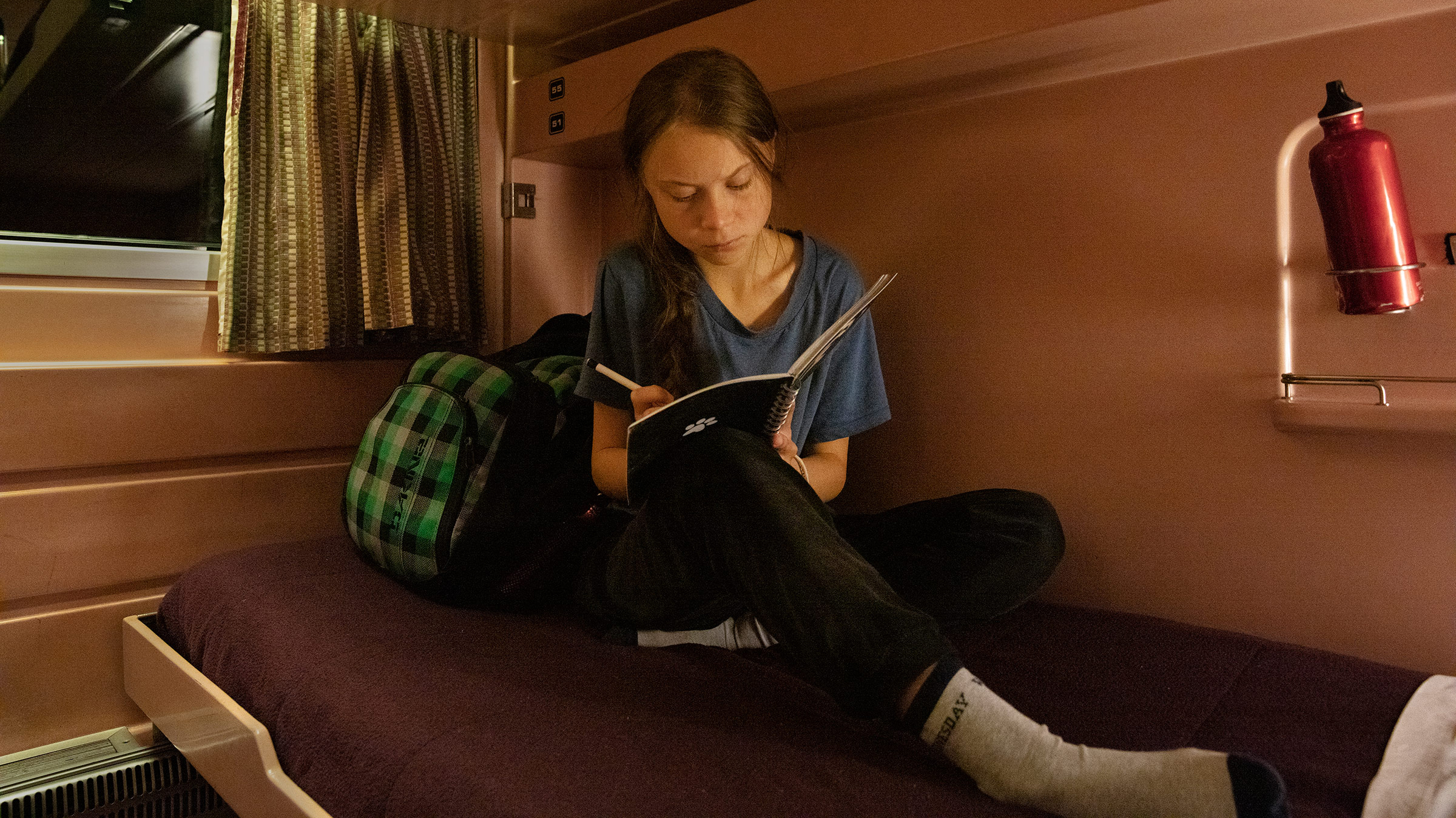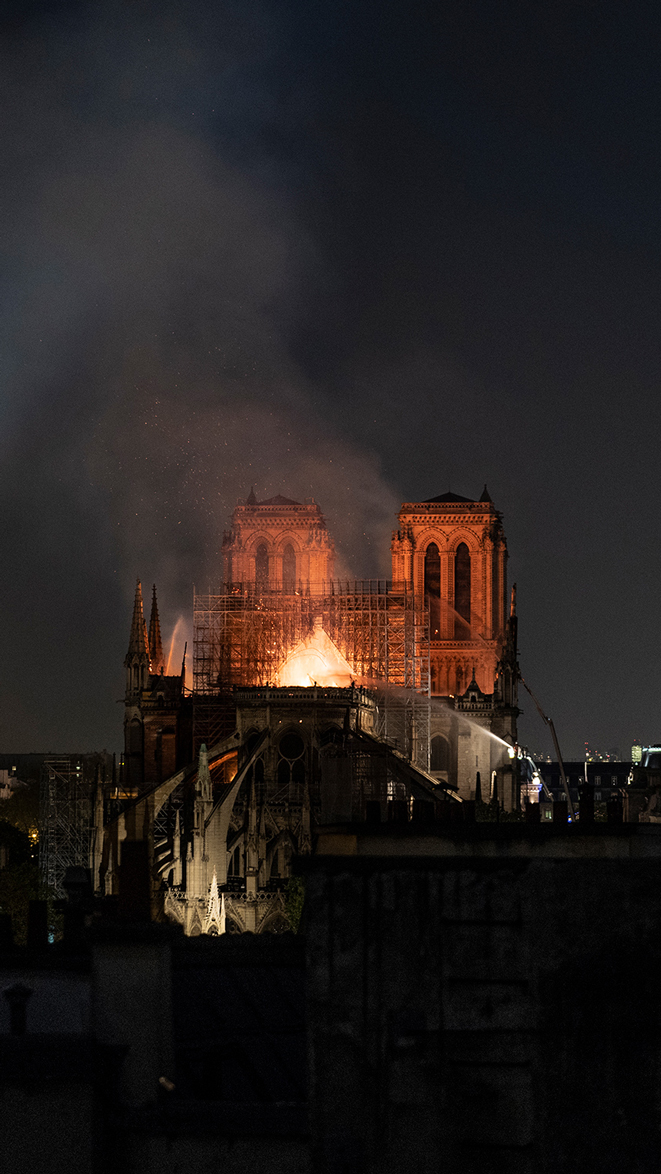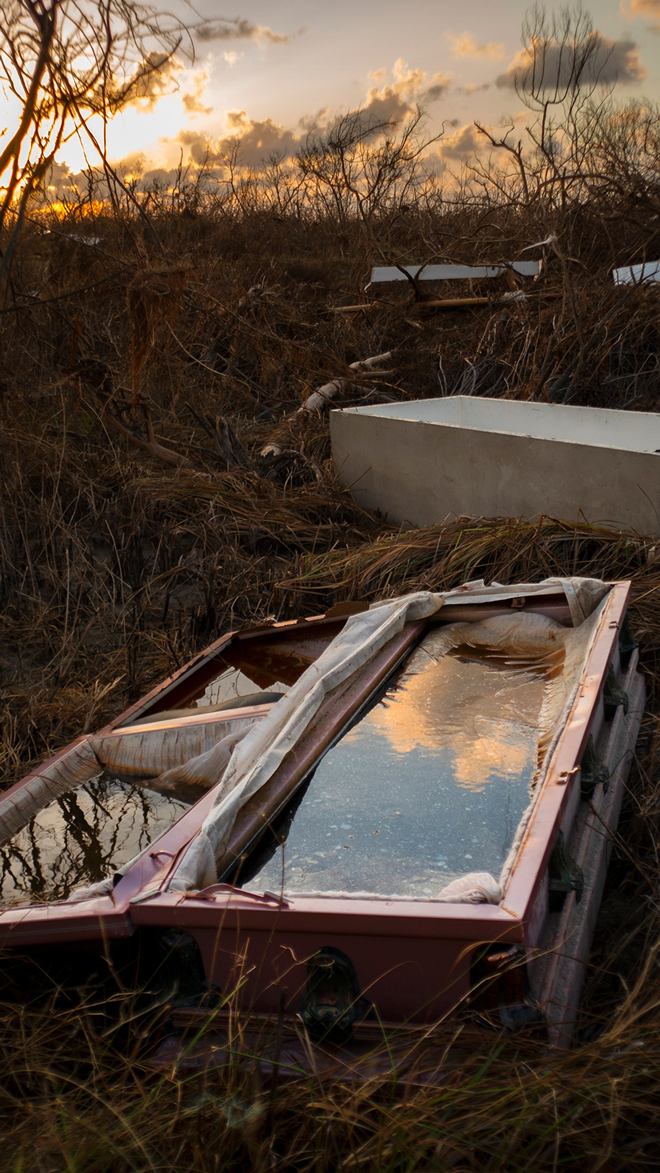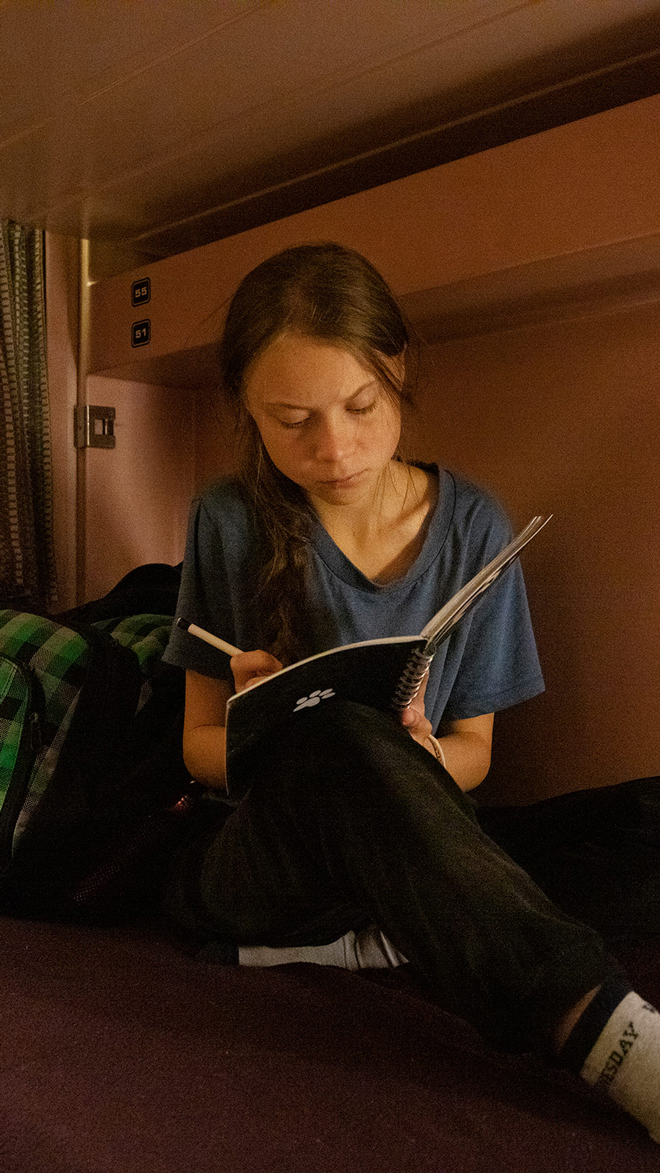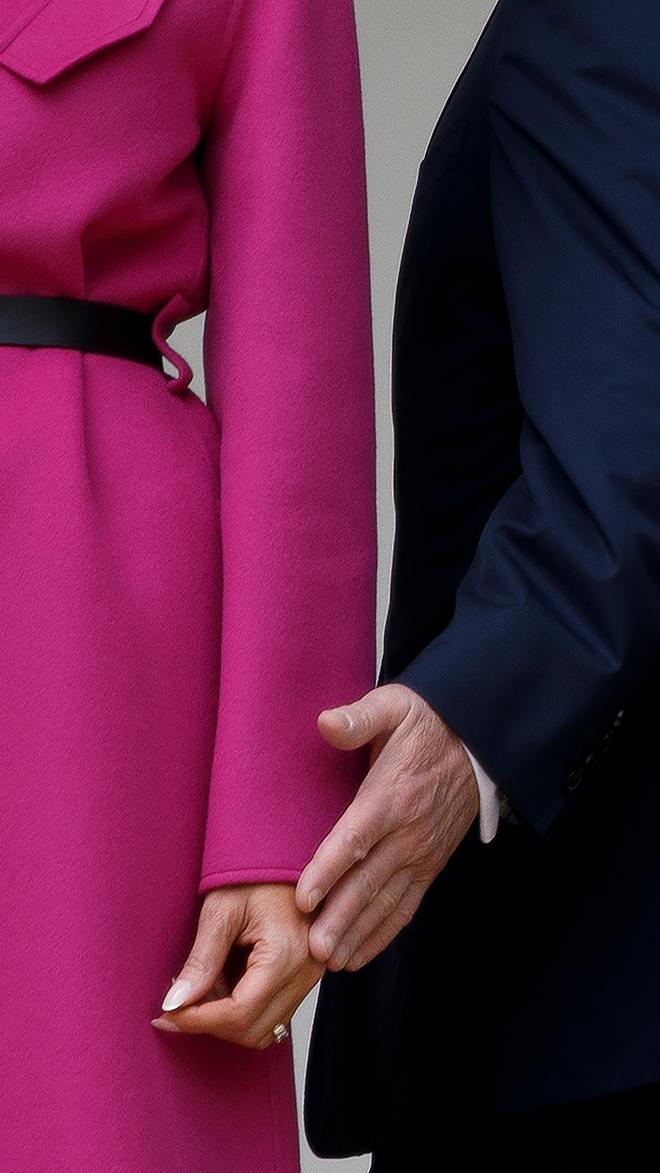Each year, TIME’s photo editors look at millions of news pictures. They’re found in the folds of magazines and newspapers, on websites and in the deep scrolls of social networks; they’re made by veteran staffers, independent photographers, eyewitnesses and everyone in between. Throughout the year, we set aside ones that made us pause and reflect: on the states of news and politics, on the states of humanity and our planet.
Over the course of weeks, we narrow it all down to our Top 100 Photos. Afterward, we take it a step further and curate an unranked selection of the 10 images that defined the year. Those pictures, presented below, are accompanied by short stories about how they came to be and reflections in the photographers’ own words.
Warning: Some of the following images are graphic in nature and might be disturbing to some viewers.
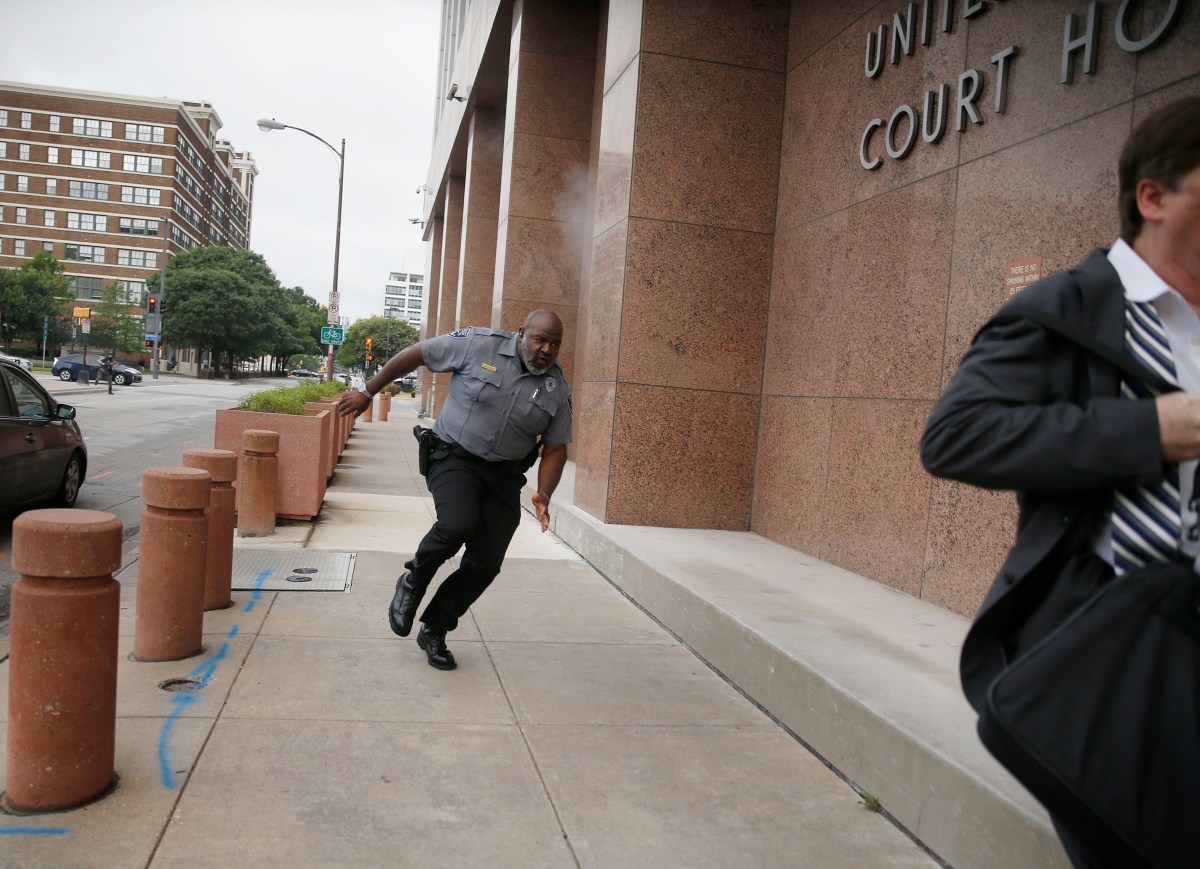
‘What Helped Was Talking About It’
“At that moment, I knew there was danger but I couldn’t identify it. I could sense it. I could hear a cracking noise but I didn’t realize it was granite breaking off the building. It didn’t really become reality until I saw it through a longer lens when the gunman was on the sidewalk coming toward me. In the moment, you’re just thinking really fast. I just wanted to get out of the way. I just prayed that he wouldn’t pass me and see me. Two errant shots hit above my head and I later found shards of pink granite in my hair.
After they had him down in the parking lot and the scene calmed, I called the Dallas Morning News photo desk to let them know that I was O.K. and that there had been a courthouse shooting. It wasn’t until much later, when they secured the scene and I was pushed out, that I made another call to the paper for them to come and get my cards because I was being detained by the FBI as a witness. I knew I had an image of the gunman.
It was my first day back from a weeklong summer vacation. I took the rest of the week off to clear my head and process what happened, to spend some time with my family at home.
One of these incidents is like a big cut. After three decades in journalism and lots of smaller cuts over the years, you build up that scar tissue to sort of deal with it. There’s a resiliency that comes from that. But I don’t take it lightly. I checked in with a therapist and talked with some mental health professionals that were provided through the newspaper. I think what helped was talking about it. Through my own photos and some video taken from a nearby apartment complex, I was able to piece the whole incident together in my head.”
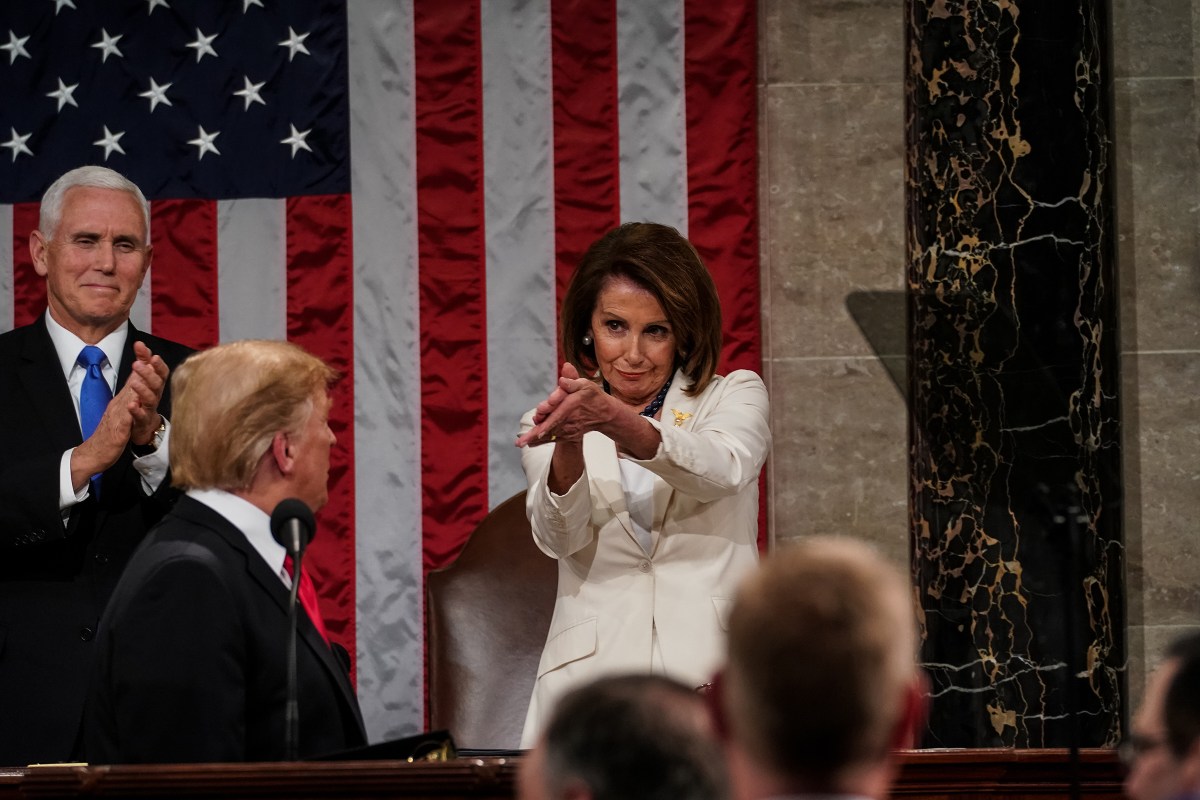
‘It’s Better to Be Lucky Than Good’
Throughout January, Washington was weathering its longest government shutdown in American history. House Speaker Nancy Pelosi and President Trump had publicly sparred over the timing of the State of the Union speech, as Pelosi had asked Trump to postpone it until the shutdown was over. The speech would finally happen on Feb. 5.
Doug Mills of The New York Times, as the pool photographer, was the only one allowed on the House floor during the speech that night. Not long into Trump’s remarks, he delivered this line: “We must reject the politics of revenge, resistance and retribution and embrace the boundless potential of cooperation, compromise and the common good.” As Pelosi stood and clapped, Mills made this photograph. He filed his images to his editor and kept shooting as this one went viral, often cleaved from its context. Really viral. Memed-around-the-world viral.
“Her look said, ‘O.K., you said it, this is on you to deliver,'” Mills told the Columbia Journalism Review in a thorough recap of the reaction to the picture. “If I had missed that moment, maybe been shooting with a different lens, I wouldn’t have slept that night. Many photographers took the same picture, it was just from a different angle. In mine, Pelosi’s right over his shoulder, so you see her lips, her mouth. It’s better to be lucky than good. I was very lucky to be on the floor last night. There are great photographers in this town. I’m sure any of them would have gotten the same shot.”
Asked about the viral image the next day, Pelosi told reporters that a message of unity was one she could support.
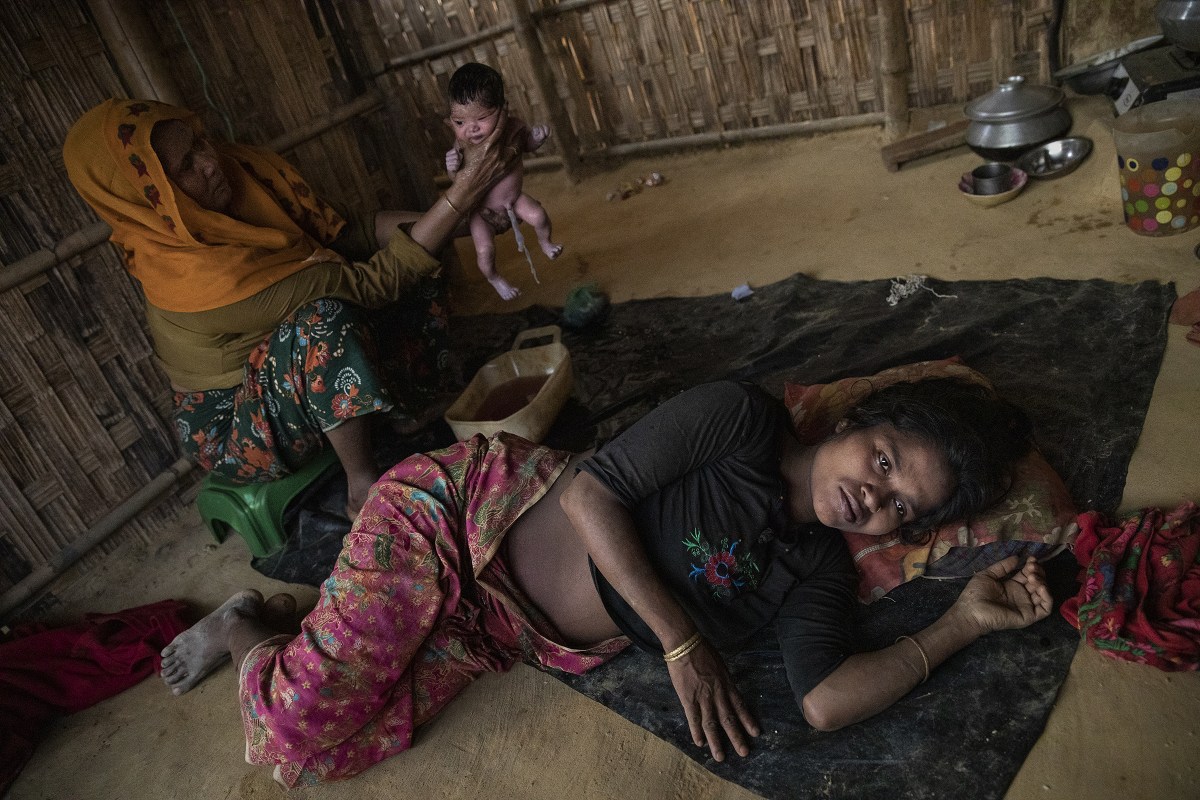
‘Every Child Born Here Is Born in Limbo’
“Making a photograph of a child being born in the camps was a way of giving perspective to the current situation of the Rohingya, with a view towards their future. They had been there for more than a year and a half, with no indication they would be able to either return to Myanmar or be absorbed into the population of Bangladesh. Every child born here is born in limbo; stateless, without the rights of citizenship. Soon an entire generation will have been brought into existence as displaced people, living in the stark conditions one can get a glimpse of in the photograph. What the consequences will be, for the Rohingya, for Bangladesh, for Myanmar and for the world, remains to be seen.
The Rohingya are Muslims with a strongly conservative sense of tradition. I understood how challenging it would be to receive permission to photograph women under any circumstances, especially one as intimate as childbirth. I was fortunate to be working with a colleague from Bangladesh, who knows the camps well, speaks a fair amount of the language and who has developed many trusted contacts among the people. He understood the importance of the image to the story, and he was able to convince both the midwife and the mother to make an exception. Without his diligence and good faith, I could not have made the image. When I entered the hut my presence had already been accepted; the women were far too occupied to pay attention to me, and I was able to work quietly, discretely and freely.
For Janoka, the mother, it did not appear to be a joyous moment. Beyond the physical pain she had just experienced, her expression seemed to reflect profound concern, if not sadness, as if she might have been contemplating what the future might hold, and it became the emotional key to the image.”

‘It Was Dead Silent’
“I was making dinner for my two daughters and one of their friends. I had a discussion with them earlier in the week about trying to not use my phone from the time I pick them up from school to their bedtime. So at around 7:30 p.m. when I glanced at my phone, I saw many missed calls and quite a number from my agency, Getty Images Reportage. I immediately called back and got information about the fire.
I thought by this time it would be too late but that I should try anyway, so I called my neighbor to come over and look after my daughters. I jumped on my bike and was thinking hard on how to get access. One of my Tinder boyfriends once told me that his roof had the best view of Notre-Dame. So I called. I climbed onto his roof and discovered this distressed scene of Notre-Dame burning as the Eiffel Tower was beaming.
After the roof, I went down to the streets. It was dead silent. Hundreds of people from all different backgrounds were watching respectfully. Some were praying. It gives you the chills to witness such a scene, this magnificent old lady in flames. I tried to show this atmosphere at street-level but it didn’t work. People were so small, and felt unnecessary. On the roof, I could focus on the giants, Notre-Dame and the Eiffel Tower, both symbols of Paris.”
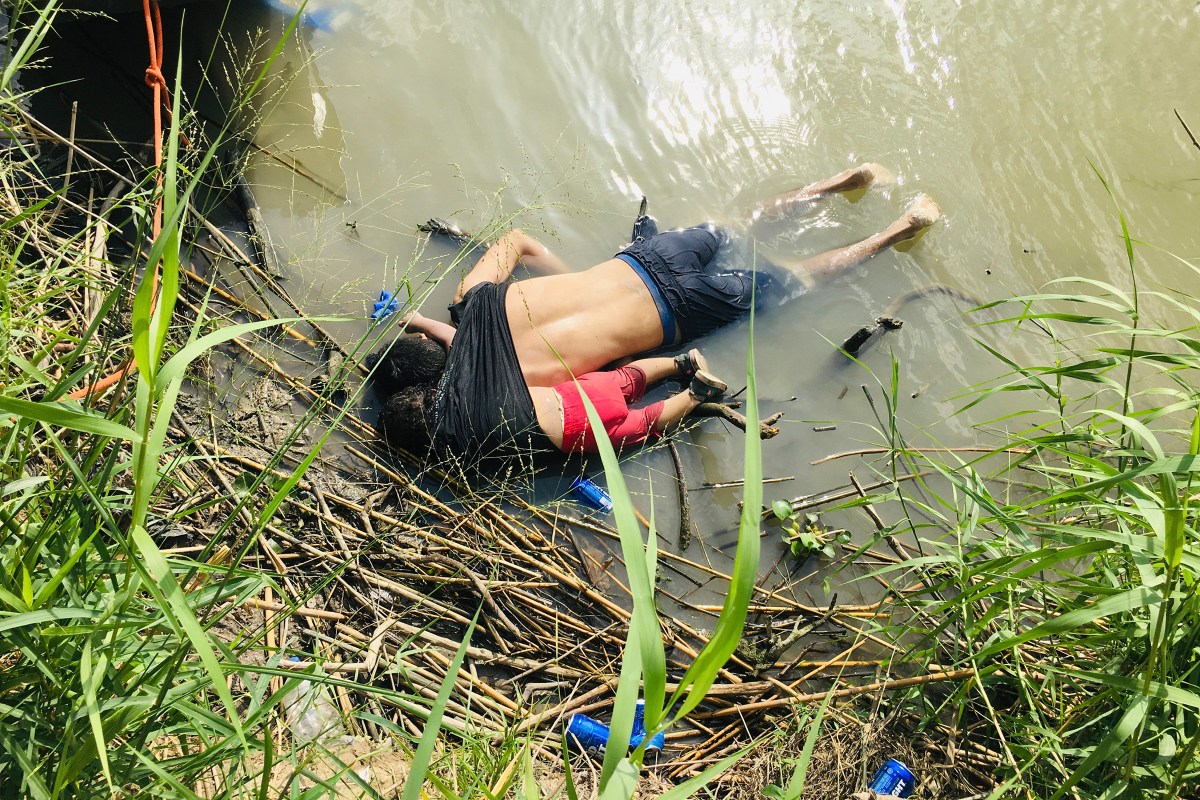
‘They Passed Together Into Death’
Óscar Alberto Martínez Ramírez, his wife Tania Vanessa Ávalos and their daughter, Valeria, were on the Mexican side of the Rio Grande in late June. He was reportedly discouraged by an inability to submit the family to American authorities for an asylum request, so the father did what many others seeking refuge have done: he decided to make the dangerous crossing anyway. First with his daughter, then with his wife. The first trip was successful, and the father placed his 23-month-old on the U.S. side before venturing back for Ávalos. When Valeria saw him leaving, she apparently waded back in; he retrieved her, but the pair was swept away by a harsh current.
That account was reported by the Associated Press, which cited Ávalos’ testimony to authorities and was confirmed by the man’s mother and a state government official. The resulting image by photographer Julia Le Duc, first published by Mexican newspaper La Jornada, ignited a debate unseen perhaps since the 2015 drowning of Syrian refugee Alan Kurdi.
Le Duc, for her part, was clear on what motivated her to freeze the moment. “I was drawn to the girl’s arm on her father,” she was quoted as saying. “It was something that moved me in the extreme because it reflects that until her last breath, she was joined to him not only by the shirt but also in that embrace in which they passed together into death.”
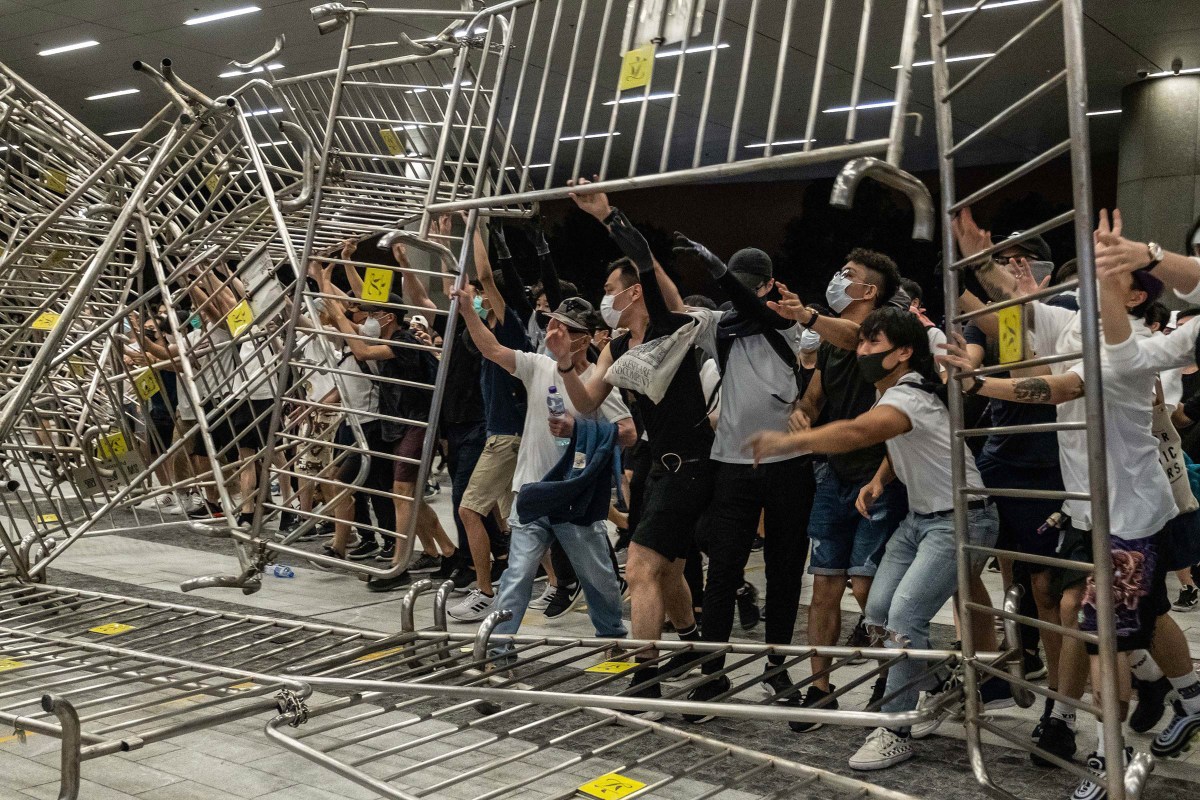
‘The Beginning of Everything’
“On June 9, more than a million people marched in blazing summer heat through the cramped streets, demanding the withdrawal of chief executive Carrie Lam’s proposed extradition bill. It was the largest demonstration since Hong Kong’s handover to China in 1997. The peaceful march started in the afternoon, and ended at night.
Some protesters refused to leave and vowed to stay overnight near the Legislative Council Complex afterwards, as the bill was due to have its second reading there on June 12. They built barricades to prevent police action, and used cable ties to secure them. Clashes broke out shortly after midnight when the permission to protest expired. Police used pepper spray and batons. Within minutes scenes of chaos unfolded.
At that time all the protesters had were basic surgical masks and umbrellas. They were neither equipped with any helmets nor masks that offer protection from tear gas. What happened in this image is actually the beginning of everything. After this night, Hong Kong as we know it would transform.”
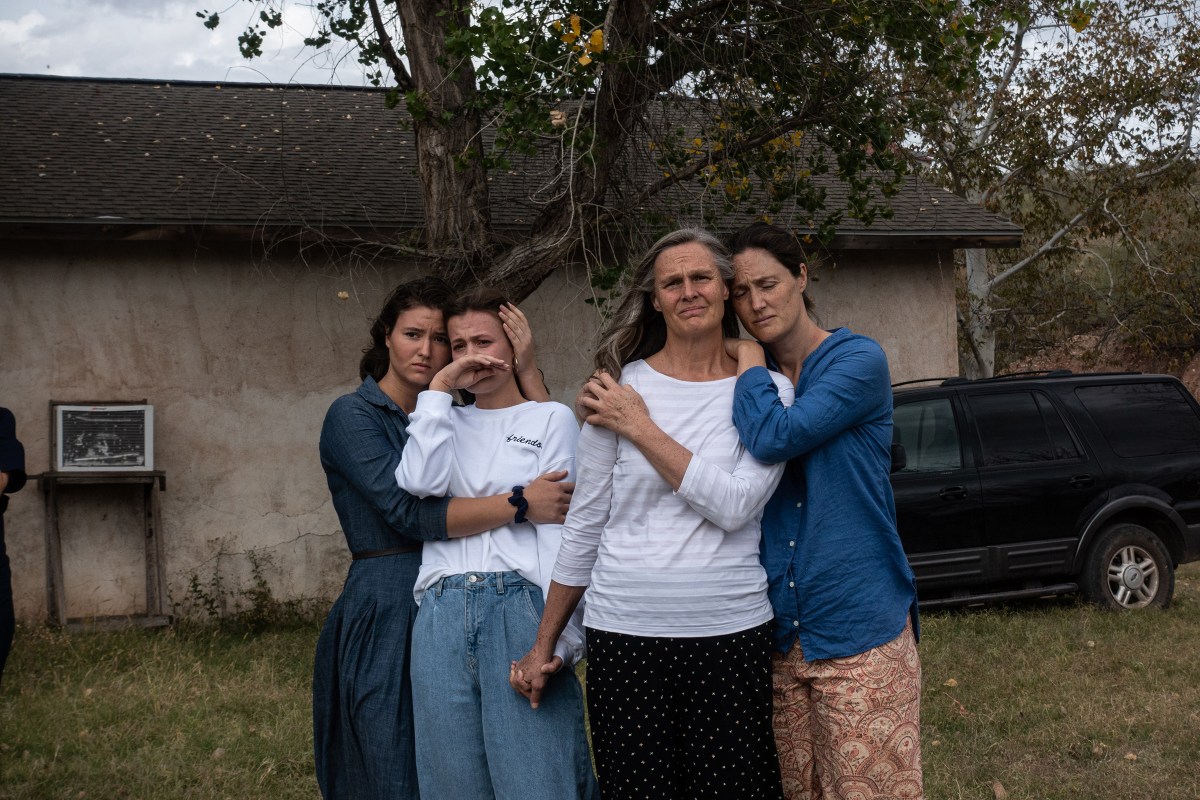
‘Something Good Has to Come Out of This’
Three mothers and six children were killed in northern Mexico on Nov. 4 when their vehicles were ambushed in the close-knit Mormon offshoot community of La Mora. Officials in Mexico said a drug cartel was behind the attack, and that the assailants may have mistakenly identified the group as belonging to a rival cartel. Photographer César Rodríguez was on assignment for Spanish newspaper El País during his coverage. The following is a condensed version of his eyewitness account:
“The morning after our arrival, we drove straight to the spot where the SUV of one mother, Rhonita Miller, had been burned. Four of her kids were killed. I thought there would be a lot of police, but there wasn’t anyone. The glass of the windows and the metals were all melted. You could actually, more or less, see how the attack had happened. You could see that the bad guys were shooting at them from one side only, because the other side was almost completely clean without bullet holes.
After that, we went to Rhonita’s house. Her father, Adrian LeBarón, right away invited us to come in. There were a lot of people, a lot of family, a lot of brothers and sisters and kids. They were having breakfast. Adrian was telling each one of the kids, “Tell your story to them because it’s very important.” It was a sad moment because it was so fresh. They were angry. They were sad. But they were together.
We stayed there for a long time with that family. They also introduced us to another family of two victims, Christina Langford Johnson and Dawna Langford. They told us there was going to be a helicopter arriving because Christina’s body was going to be taken away so it could be prepared for her funeral. It was really something, because there was a helicopter landing in the middle of the field in this community, and all of the different family members were sad, were crying, were hugging each other.
It was tough being there. Yes, it felt sometimes invasive. But Adrian welcomed us. And probably because he welcomed us, all of his sons and daughters and his family welcomed us too. They wanted this tragedy to be known. They wanted things to change in this country, in this state, in this community. So something good has to come out of this. Something powerful.”
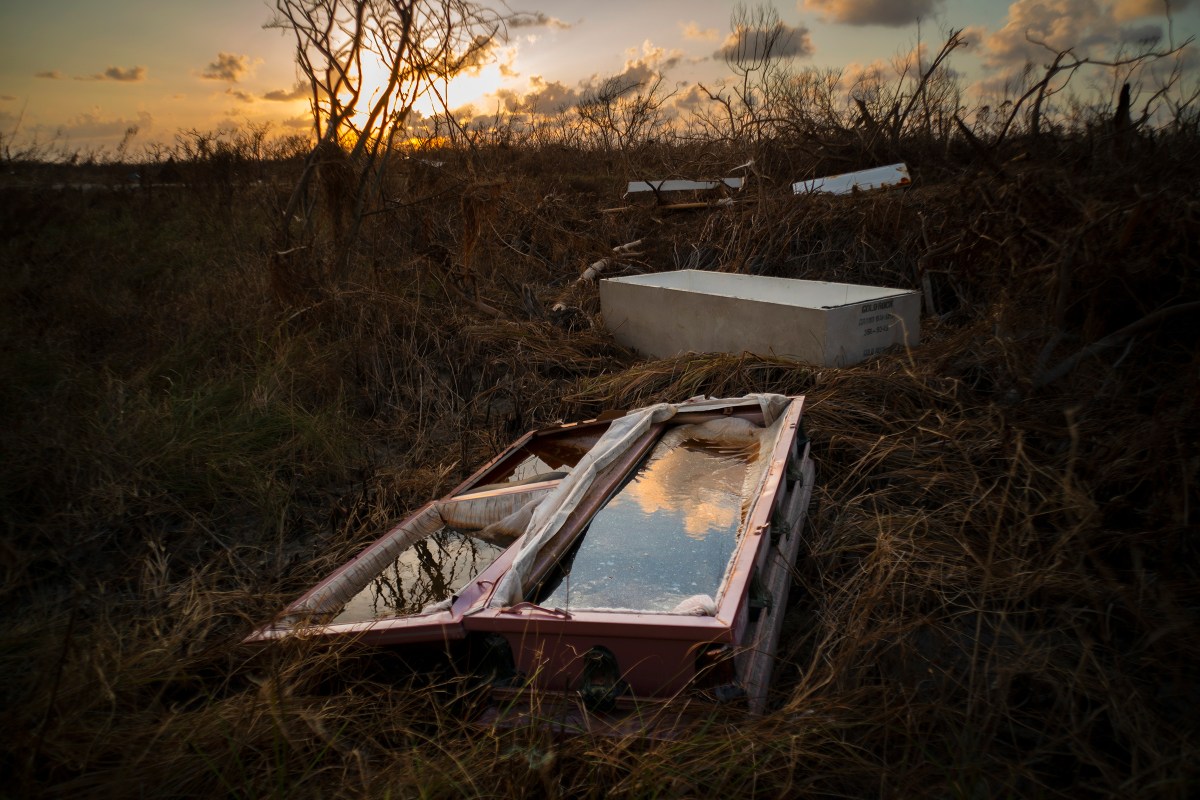
‘Even the Body Had Disappeared’
When Hurricane Dorian tore into the Bahamas in September, it settled in. Forecasters watched as the Category 5 storm hovered for days over Grand Bahama, with its winds reaching 185 m.p.h. and a storm surge 25 ft. high. TIME interviewed Associated Press photographer Ramon Espinosa during his coverage of the storm. The following is a condensed version of that account:
“The trip started waiting for Dorian in Puerto Rico. We arrived on Aug. 26 to San Juan, but after following the hurricane, we realized the storm was heading directly to Grand Bahama. After checking with the office we took a flight to Freeport on Aug. 29 to wait for Dorian there.
I’ve covered hurricanes in the Caribbean over the last 14 years. The last was Irma in Cuba [in 2017] — that was a category 3-4 — and Matthew in Baracoa, also in Cuba, in 2016, but nothing compared to this one. It was giant, weird, stationary and crushing everything.
A resident of McLean’s Town Cay told me Dorian had destroyed the cemetery so I went to take a look. It took me a day to find it. Everything was broken. The graves were broken, many empty. Coffins out of place, open.
That particular photo was my way of showing what Dorian meant. The simple fact that the coffin was out of the earth, full of water, was a very clear message of what the storm brought. Even the body had disappeared — the water took it to the sea. When I reached that point the sun was starting to go down. The moment, for me, was like a reflection to all the coverage.”
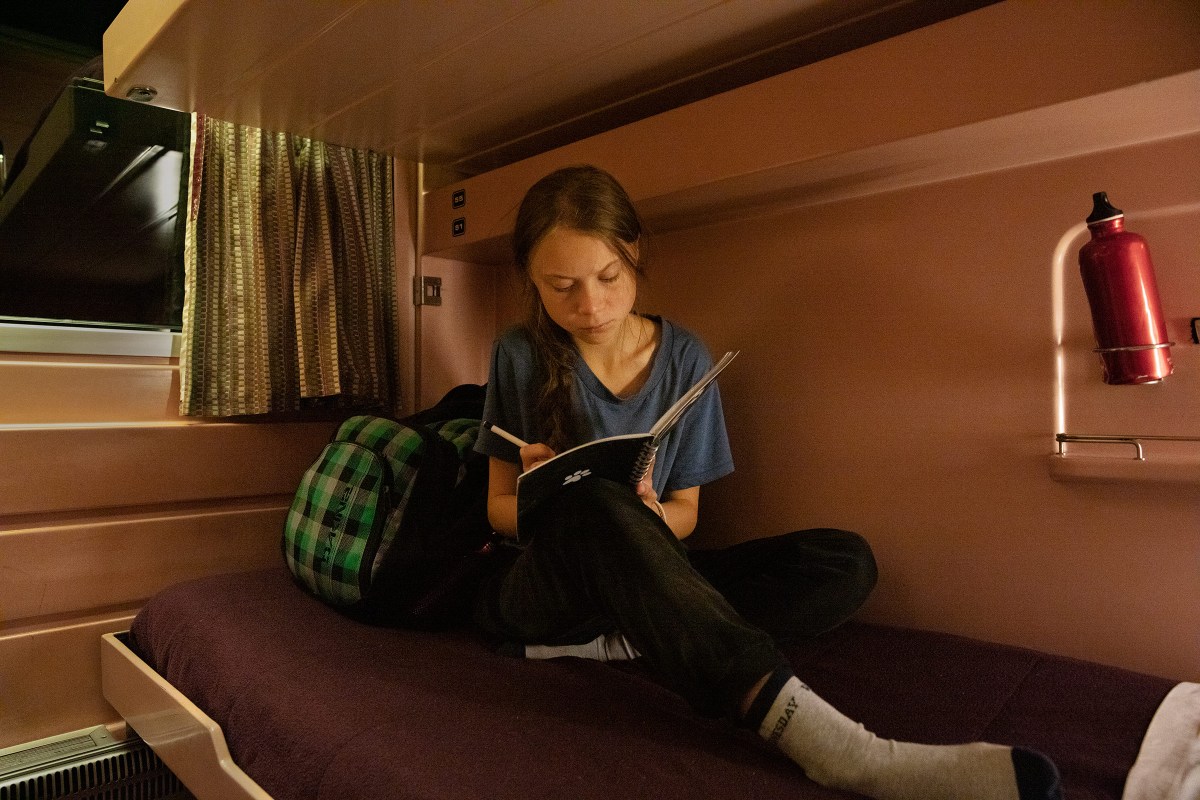
‘I Could See That She Is On Her Mission’
As part of her coverage of TIME’s 2019 Person of the Year, Greta Thunberg, photographer Evgenia Arbugaeva made a cover portrait of the young climate activist on a beach in Lisbon, Portugal, in early December. That scene seemed to be among the last moments of peace that Thunberg would have on the trip.
The next day, she boarded a night train to Madrid, accompanied by Arbugaeva, senior reporter Suyin Haynes and the pack of journalists that would track her every move in Spain’s capital, where tens of thousands demonstrated outside the United Nations climate conference. During that train journey, Arbugaeva photographed a private moment of Thunberg writing in her journal. Upon her arrival, she was swarmed.
“From then on, crowds of journalists and security guards are constantly around Greta,” Arbugaeva told TIME. “It was the first time I saw something like this, a real insane hysteria of people trying to get to her … But Greta seemed to handle it very well. I could see that she is on her mission.”

‘A Last-Second Hasty Search for Something Else’
“It was a long day at the White House, with the President and First Lady hosting the arrival of South Korean President Moon Jae-in. As Mr. and Mrs. Trump walked with the visiting leader, I was trying to find something different than what the rest of my colleagues would capture in our one-minute-or-less photo spray at the Rose Garden.
Photo ops like these are often ‘stand and smile’ images. For obvious reasons, I captured a wider scene from 15 yards back, but zoomed in at their faces and hands in a last-second hasty search for something else. The body language between the President and First Lady seemed positive, but felt coarse when observed at the final moment before turning away to enter the Oval Office.
This image is fitting in my goal at its basic form: shoot it differently, and show the human condition as creatively as possible. Every time we have an opportunity to photograph the President, I’m working beside sometimes seven or more photographers, shoulder to shoulder. The overall coverage can be redundant and saturated, so I force myself to stop and look for what others may not see. That being said, I can’t say everything I’ve shot has felt truly original. We all step in the same spots that our photographic ancestors may have stepped in years prior.”
